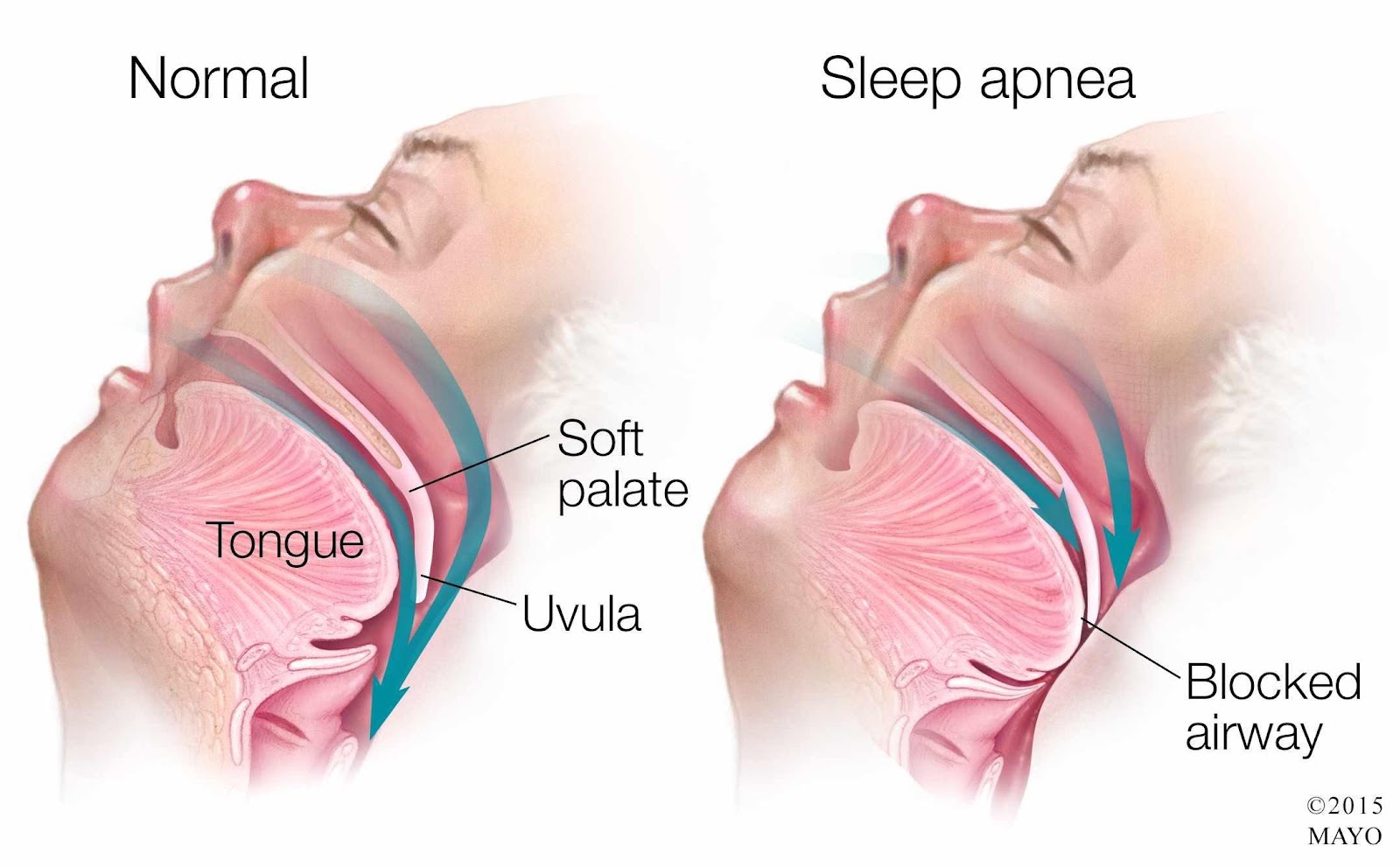A female client assigned to a mental health unit visits with her significant other during the evening. After the significant other leaves, the nurse notices that the client is more isolative and refuses to attend the evening group. Which response by the nurse is most therapeutic?
"Would you like to talk for a little while?"
"I can see that you are feeling lonely."
"Tell me about the visit with your significant other."
"What did you enjoy about your visit tonight?"
The Correct Answer is A
Choice A Reason: This is correct because this response invites the client to express her feelings and thoughts without imposing any assumptions or judgments. It also conveys empathy and respect for the client's autonomy.
Choice B Reason: This is incorrect because this response makes an inference about the client's emotional state without validating it with her. It also may sound patronizing or pitying, which can hinder rapport.
Choice C Reason: This is incorrect because this response may be perceived as intrusive or prying, especially if the client is not ready or willing to share details about her personal relationship. It also may trigger negative emotions or memories that can worsen her mood.
Choice D Reason: This is incorrect because this response may be seen as superficial or irrelevant, especially if the client did not enjoy her visit or had a conflict with her significant other. It also may imply that the nurse is avoiding or dismissing the client's current feelings.
Nursing Test Bank
Naxlex Comprehensive Predictor Exams
Related Questions
Correct Answer is D
Explanation
Choice A: "I'm sorry, but your child's medical information is none of your business." is not a good response because it is rude and disrespectful. The nurse should maintain professionalism and empathy when dealing with parents.
Choice B: "I can give you those results as soon as I get them back from the lab." is not a good response because it violates confidentiality and privacy. The nurse should not share any medical information with anyone without the client's consent.
Choice C: "The healthcare provider will share this information with you." is not a good response because it implies that the parents have a right to know their child's medical information. The nurse should not make promises or assumptions that may not be true.
Choice D: "I can only give medical information to your child because they are legally an adult." is a good response because it explains the legal status of an emancipated minor and respects their autonomy. The nurse should inform the parents that their child has the right to make their own decisions regarding their health care.
Correct Answer is B
Explanation
Choice A Reason: This is incorrect because lifting and locking the side rails in place is a standard safety measure for all clients, but it does not address the specific risk of respiratory depression caused by morphine and OSA.
Choice B Reason: This is correct because applying the client's positive airway pressure device can help maintain airway patency and prevent hypoxia and hypercapnia, which are common complications of OSA and opioid use.
Choice C Reason: This is incorrect because elevating the head of the bed to a 45-degree angle can help reduce chest pain and dyspnea, but it does not prevent airway obstruction or respiratory depression.
Choice D Reason: This is incorrect because removing dentures or other oral appliances can help prevent aspiration, but it does not affect the client's breathing pattern or oxygenation.

Whether you are a student looking to ace your exams or a practicing nurse seeking to enhance your expertise , our nursing education contents will empower you with the confidence and competence to make a difference in the lives of patients and become a respected leader in the healthcare field.
Visit Naxlex, invest in your future and unlock endless possibilities with our unparalleled nursing education contents today
Report Wrong Answer on the Current Question
Do you disagree with the answer? If yes, what is your expected answer? Explain.
Kindly be descriptive with the issue you are facing.
